Planting Wildflower Gardens
A wild-flower garden is one of the most attractive and natural gardens. One thinks of long walks in the woods, collecting material, and then dreaming of a real wildflower garden of your own.
Many people say they have no luck at all with such a garden. It is not a question of luck, but a question of understanding, for wildflowers, are like people and each has its own personality. What a plant has been accustomed to in Nature it always desires. In fact, when removed from its own living conditions, it sickens and dies. That is enough to tell us that we should copy Mother Nature herself. Suppose you are hunting wildflowers. As you choose certain flowers from the woods, notice the soil they are in, the place, conditions, the surroundings, and the neighboring plants.
Suppose you find dog-tooth violets and wind-flowers growing near together. Then place them next to each other in your own new garden. Suppose you find a certain violet enjoying an open situation; then it should always have the same. You see the point?
If you wish wildflowers to grow in a tame garden then make them feel at home. Cheat them into almost believing that they are still in their native haunts.
Preparing Your Soil
Now it is time to prepare your soil. Do this before you dig up any wildflowers. Study the environment that your wildflowers grow in and mimic the soil and growing conditions.
• Dig your garden bed up very deeply and put some stone in the bottom. Over this, add a shovel full of the deep, rich leaf mold from the woodsy area and mix it with the topsoil that once covered the area. Basically, you are tricking the wildflower into believing it is still in its safe home.
• Before planting, water the soil well.
When Is the Best Time to Transplant Wildflowers?
• Wildflowers should be transplanted after the blossoming time is over.
• The bed which these plants are to be replanted should be prepared carefully before transplanting new plants. Surely, you do not wish to bring those plants back to wait a day or overnight before planting. They should go into their new home at once.
• The bed needs soil from the woods, deep and rich and full of leaf mold. Be sure that the bed is properly prepared first.
•Take a trowel and a basket with you into the woods and as you take up a few, a Columbine, or a hepatica, be sure to take some of the plant’s own soil with the roots for replanting.
• As you make places for the plants do not remove the woodsy soil around the plant, including as much soil as you can.
Someday, I will hopefully achieve having a wild-flower garden giving a succession of bloom from early spring to late fall.
Wildflowers By Month
So, let us start off with March, the hepatica, spring beauty and saxifrage. Then comes April, bearing in its arms the beautiful columbine, the tiny bluets, and wild geranium. For May there are the dog-tooth violet and the wood anemone, false Solomon’s seal, Jack-in-the-pulpit, wake robin, bloodroot and violets.
June will give the bellflower, mullein, bee balm and foxglove. July, I would choose the gay butterfly weed to stand for July. The remainder of Season – Let turtle head, aster, Joe Pye weed, and Queen Anne’s lace make the rest of the season brilliant until frost.
Likes and Dislikes of Wildflowers
Hepatica
There is no one who doesn’t love the hepatica. Before the spring has really decided to come, this little flower pokes its head up and puts all else to shame. Tucked under a covering of dry leaves the blossoms wait for a ray of warm sunshine to bring them out. These embryo flowers are further protected by a fuzzy covering. This reminds me of a similar protective covering which new fern leaves have. In the spring a hepatica plant wastes no time on getting a new suit of leaves. It makes its old ones do until the blossom has had its day. Then the new leaves started to be sure before this, have a chance. These delayed, are ready to help out next season. You will find hepaticas growing in clusters, sort of family groups. They are likely to be found in rather open places in the woods. The soil is found to be rich and loose. So these should go only in partly shaded places and under good soil conditions. If planted with other woods specimens give them the benefit of a rather exposed position, that they may catch the early spring sunshine. I should cover hepaticas over with a light litter of leaves in the fall. During the last days of February, unless the weather is extreme take this leaf covering away. You’ll find the hepatica blossoms all ready to poke up their heads.
Spring Beauty
The spring beauty hardly allows the hepatica to get ahead of her. The most popular variety is a white flower which has dainty tracings of pink, a thin, wiry stem, and narrow, grass-like leaves, this spring flower cannot be mistaken. You will find spring beauties growing in great patches in rather open places. Plant a number of the roots and allow the sun good opportunity to get at them. For this plant loves the sun.
Saxifrage
The other March flower mentioned is the saxifrage. This belongs in quite a different sort of environment. It is a plant which grows in dry and rocky places. Often one will find it in chinks of rock. There is an old tale to the effect that the saxifrage roots twine about rocks and work their way into them so that the rock itself splits. Anyway, it is a rock garden plant. I have found it in dry, sandy places right on the borders of a big rock. It has white flower clusters borne on hairy stems.
Columbine
The columbine is another plant that is quite likely to be found in rocky places. Standing below a ledge and looking up, one sees nestled here and there in rocky crevices one plant or more of Columbine. The nodding red heads bob on wiry, slender stems. The roots do not strike deeply into the soil; in fact, often the soil hardly covers them. Now, just because the Columbine has little soil, it does not signify that it is indifferent to the soil conditions. For it always has lived, and always should live, under good drainage conditions. I wonder if it has struck you, how really hygienic plants are? Plenty of fresh air, proper drainage, and good food are fundamentals with plants.
It is evident from a study of these plants how easy it is to find out what plants like. After studying their feelings, they do not make the mistake of huddling them all together under poor drainage conditions.
Bluets
I always have a feeling of personal affection for the bluets. When they come I always feel that now things are beginning to settle down outdoors. They start with rich, lovely, little delicate blue blossoms. As June gets hotter and hotter their color fades a bit, until at times they look quite worn and white. Some people call them Quaker ladies, others innocence. Under any name they are charming. They grow in colonies, sometimes in sunny fields, sometimes by the road-side. From this, we learn that they are more particular about the open sunlight than about the soil.
Wild Geranium
If you desire a flower to pick and use for bouquets, then the wild geranium is not your flower. It drops very quickly after picking and almost immediately drops its petals. But the purplish flowers are showy, and the leaves, while rather coarse, are deeply cut. This latter effect gives a certain boldness to the plant that is rather attractive. The plant is found in rather moist, partly shaded portions of the woods. I like this plant in the garden. It adds good color and permanent color as long as the blooming time lasts since there is no object in picking it.
There are numbers and numbers of wildflowers I could have suggested. The ones I have mentioned were not given for a flower guide, but with just one end in view your understanding of how to study soil conditions for the work of starting a wild-flower garden.
If you fear failure, take one or two flowers at a time and study just what you want to include in your garden. Having mastered, or better, become acquainted with a few then add more another year to your garden. I think you will love watching your wildflower garden grow through the years. It just takes a bit of time to study your choice of plants and you will be enjoying your garden in no time.

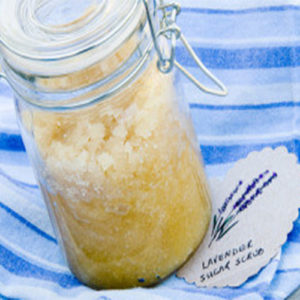
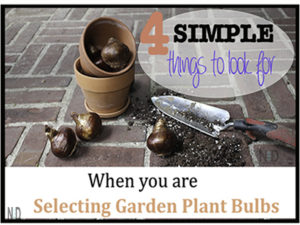
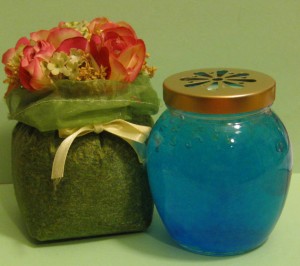
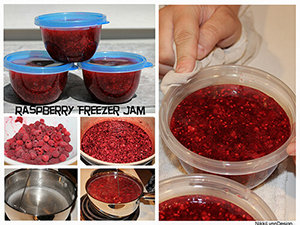



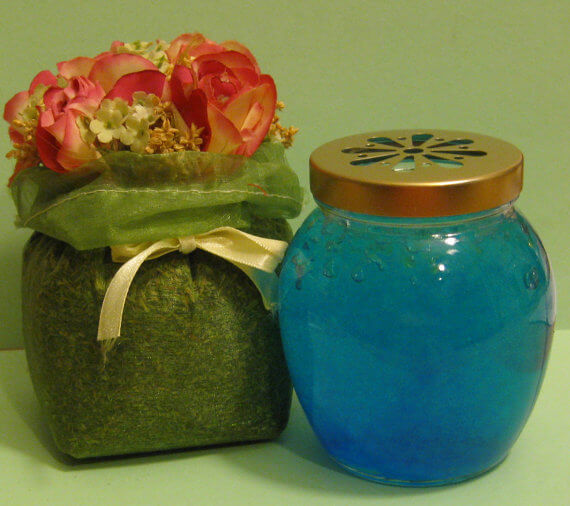
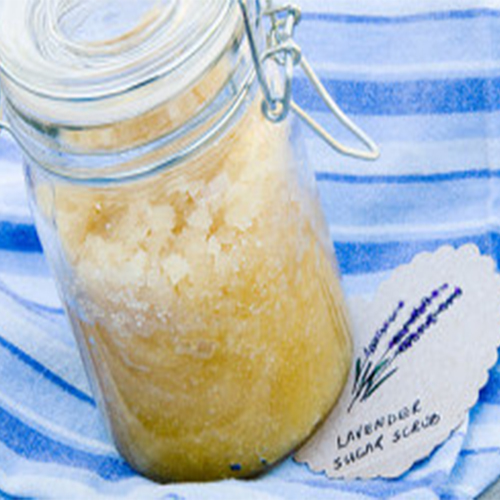

Leave a Reply
You must be logged in to post a comment.